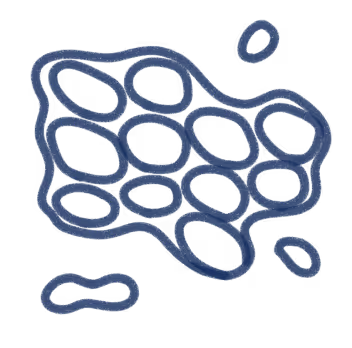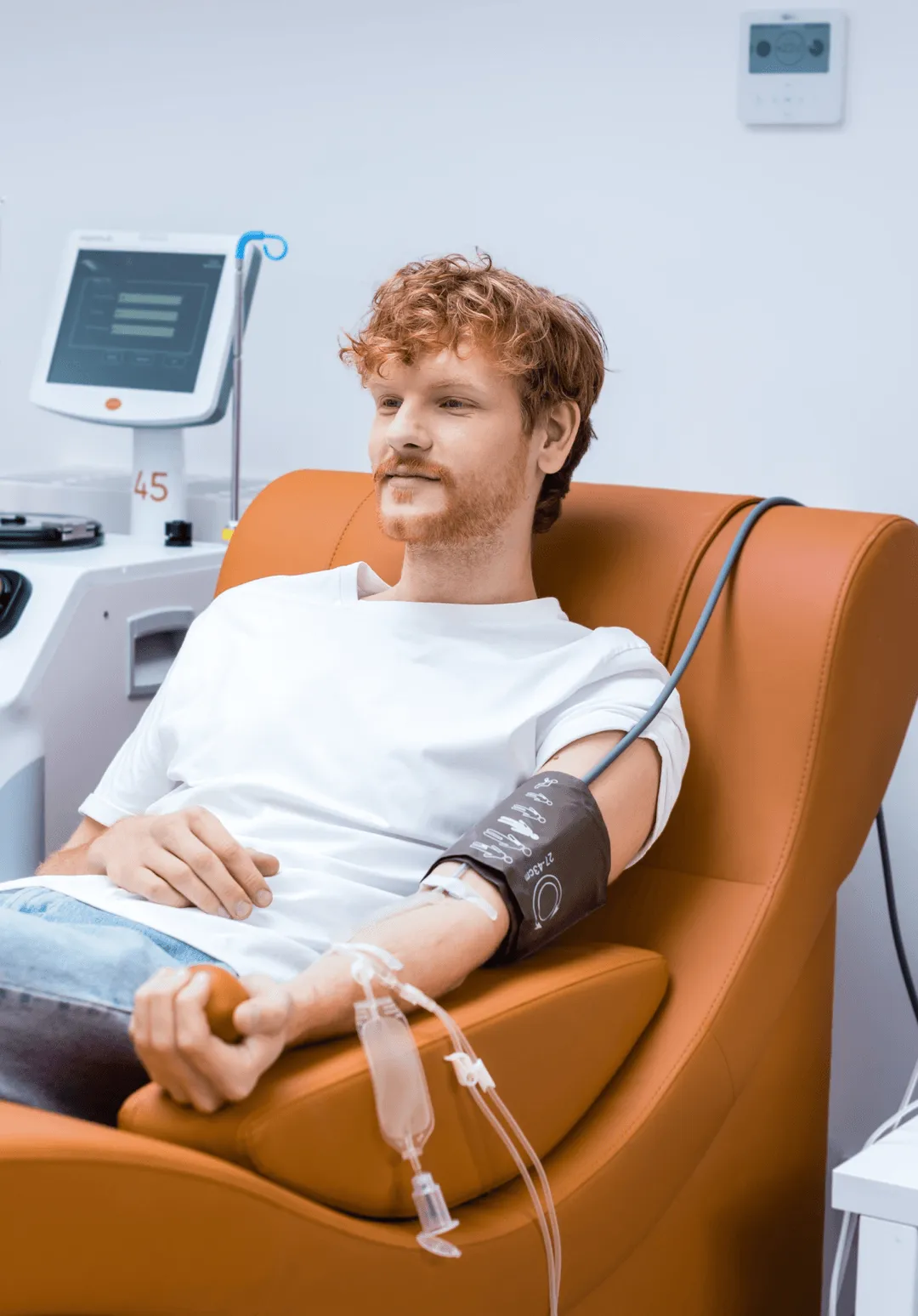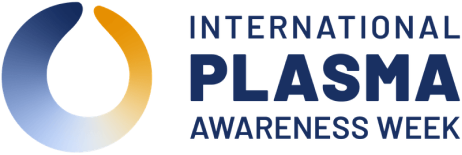plASMA 101
Plasma-derived medicines that treat chronic life-threatening disorders and illnesses consist of one main ingredient, plasma. These medicines are uniquely valuable to patients. Without this blood resource and its critical functions, treatment would be unavailable, and many lives could have been lost. PPTA's strategic goal for plasma is to ensure the availability of safe, high-quality plasma for the manufacture of plasma-derived medicines.




cells & platelets
What is plasma?
Plasma is the single largest component of human blood. It acts as a transporting medium for cells and a variety of substances vital to the human body. Composed of water, salts, enzymes, antibodies, and other proteins, plasma also carries out many critical functions, including fighting diseases, making it, therefore, essential for numerous therapies.
Proteins in our plasma

Immunoglobulins
Immunoglobulins are antibodies in the immune system that help protect against foreign objects such as viruses and bacteria.

Alpha-1 proteinase inhibitor
Alpha-1 Proteinase Inhibitor (A1PI) is a protein that inhibits various proteases and helps prevent the breakdown of tissues in the lungs.

Clotting factors
Clotting factors are proteins that help form blood clots during injury to stop the bleeding.

C1 esterase inhibitor
The C1 esterase inhibitor is used to treat or prevent hereditary angioedema (HAE). HAE is a rare disease that causes swelling of the face, hands, and other areas of the body.
.png)
HOW IS PLASMA USED?
Plasma can be used to manufacture lifesaving plasma-derived medicines that treat life-threatening disorders and illnesses. Without plasma and the critical proteins that it contains, treatment would be unavailable, and many lives would be negatively affected and even lost.
HOW PLASMA-DERIVED MEDICINES ARE MADE
Plasma collection
Source plasma is collected from healthy, voluntary donors through a process called plasmapheresis, used exclusively for further manufacturing into final therapies. Source plasma donors may receive remuneration.
Plasma manufacturing
Plasma is pooled and processed through a process called "fractionation" that employs time, temperature, pH, and alcohol concentrations to extract specific therapeutic proteins. These are then subjected to various purification methods and viral inactivation and removal processes to further ensure their safety and efficacy. Plasma-derived medicines can take up to 12 months to manufacture. Companies must adhere to rigorous regulatory requirements to ensure manufacturing consistency and pathogen safety.
WHO NEEDS PLASMA?
Plasma is used to treat people living with rare, chronic conditions, such as bleeding disorders and primary immunodeficiencies and other life-threatening conditions listed in the chart below. Plasma is also used for treating more common conditions, such as burns, organ transplants, and cardiopulmonary issues.
.png)
.png)
Plasma for your everyday medicines
Plasma is not only essential for treating rare and chronic diseases — find out more about how plasma is used for everyday medicine, emergencies, and surgical preventive medicine.
.png)
STEP-BY-STEP DONATION
Become a part of a lifesaving journey that plasma takes from a dedicated donor to the thousands of patients who depend on plasma protein therapies to lead healthy, productive, and fulfilling lives.

Donation process
HOW DO I DONATE PLASMA?
You will need to visit a plasma collection center to determine your eligibility as a donor. However, here is the list of general requirements:



.png)
.png)




.svg)





